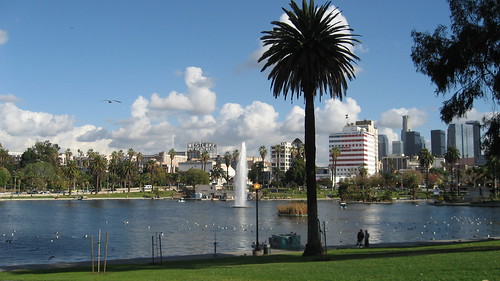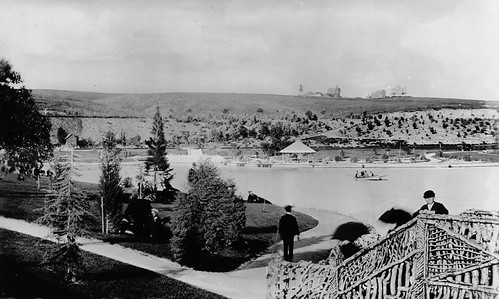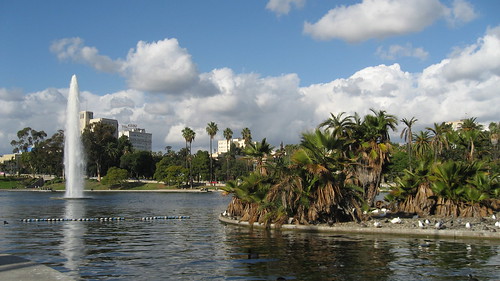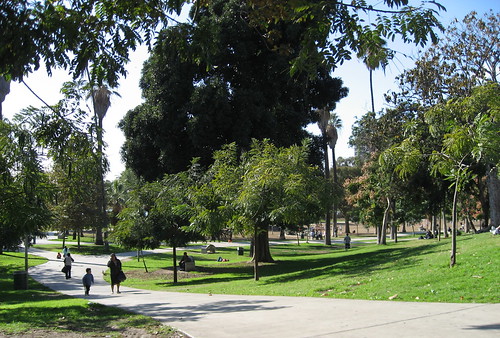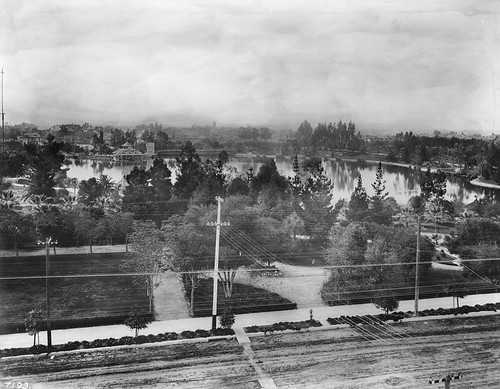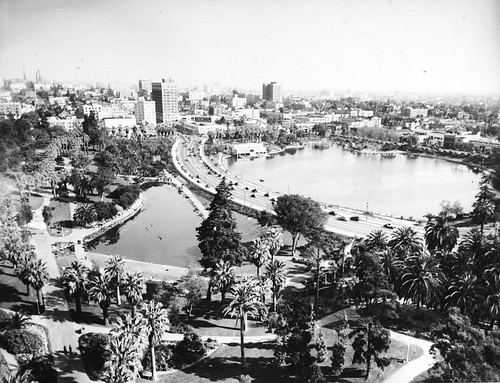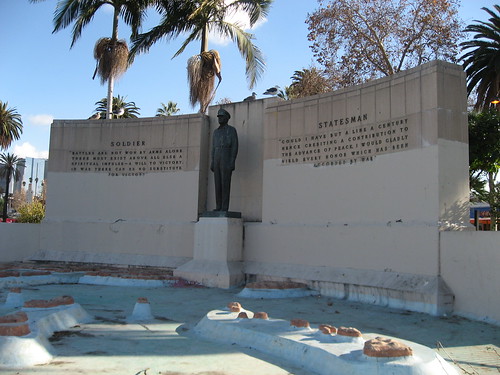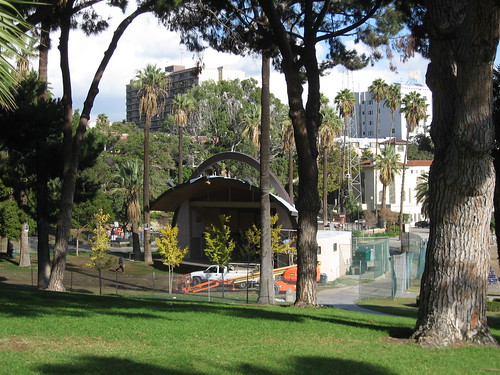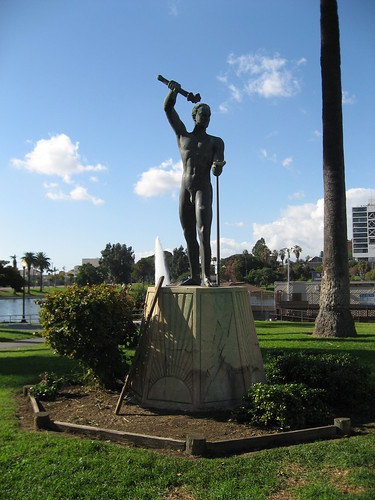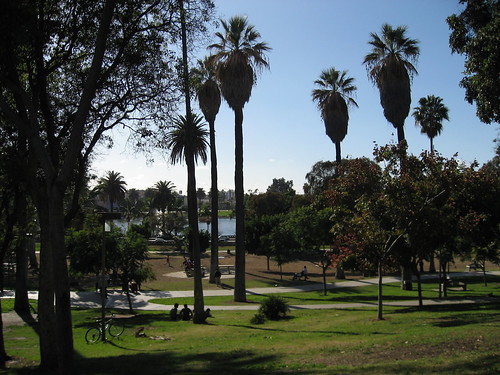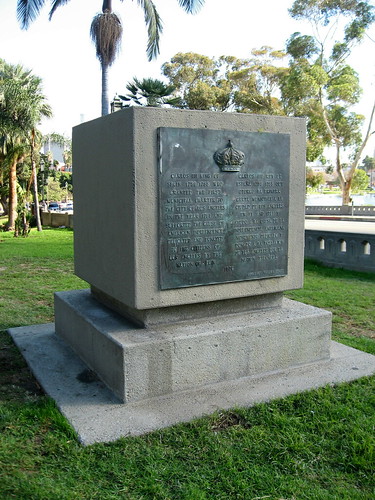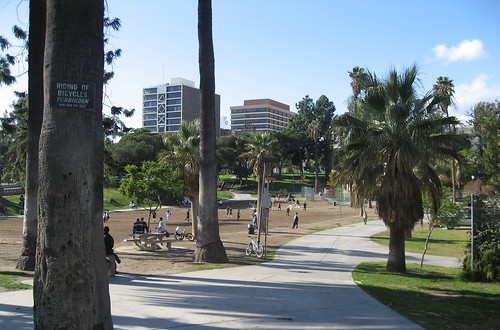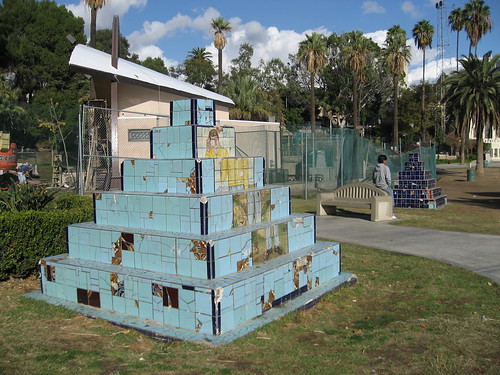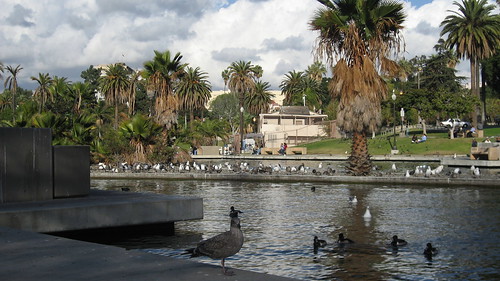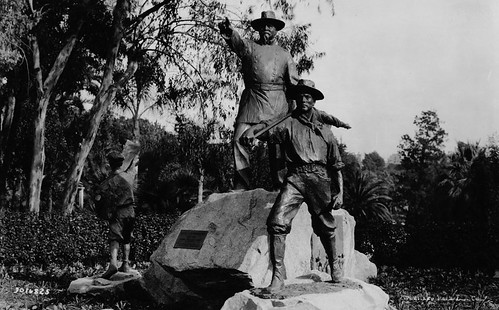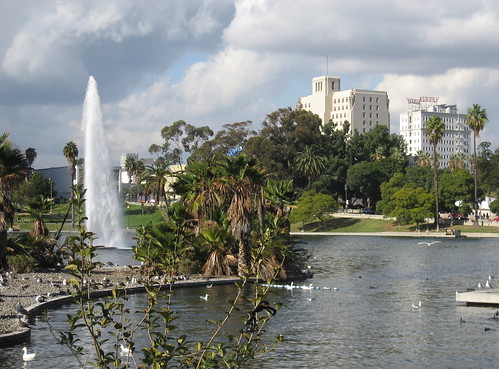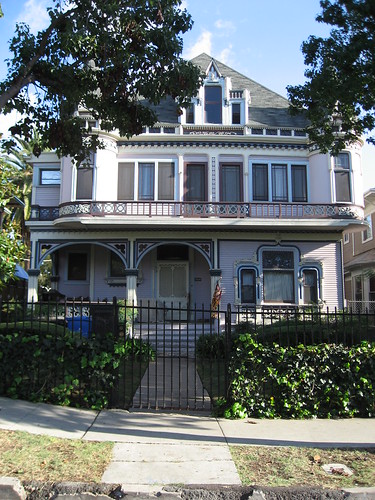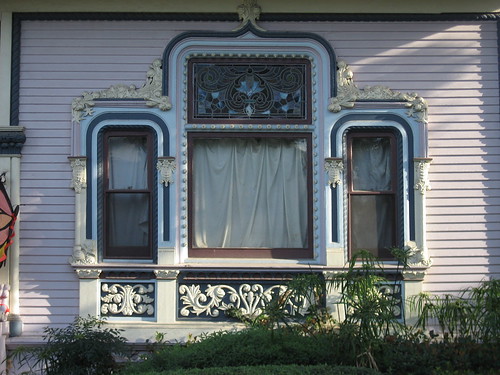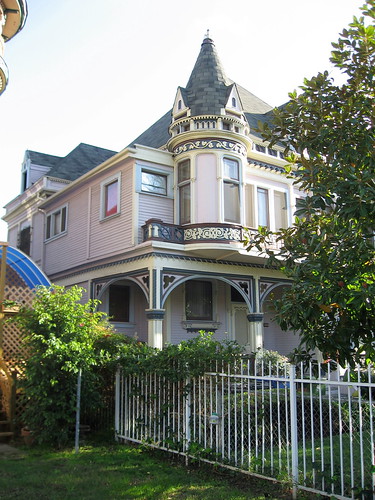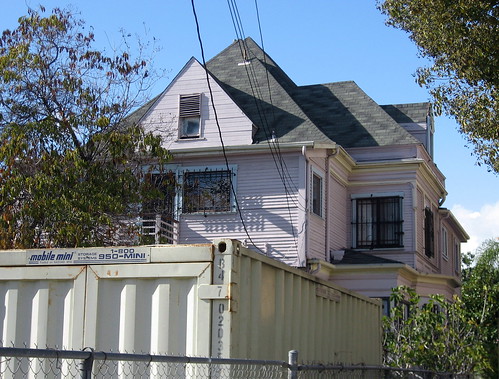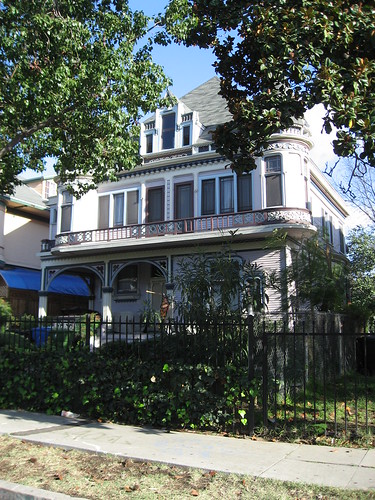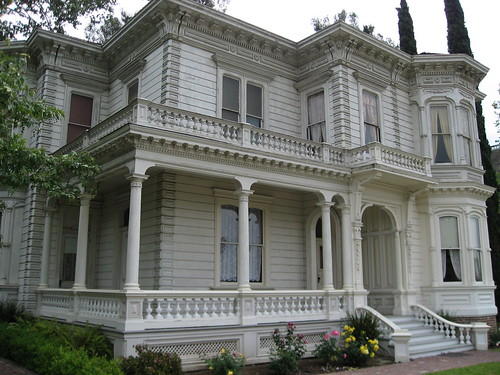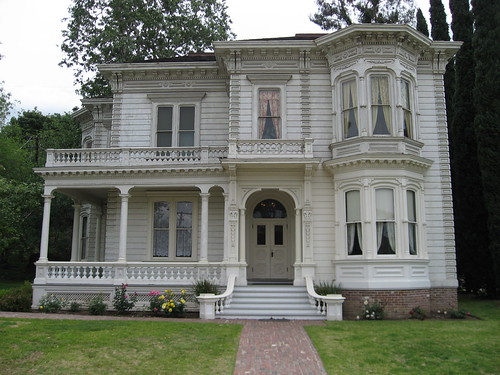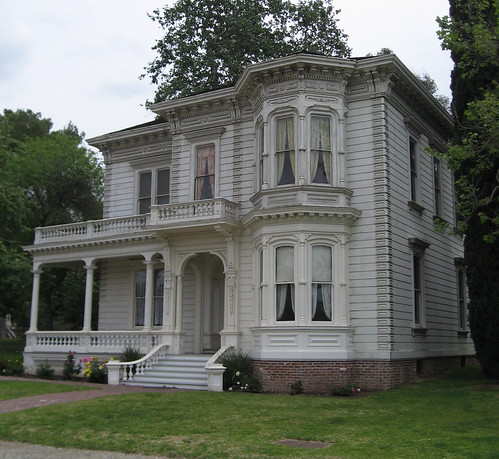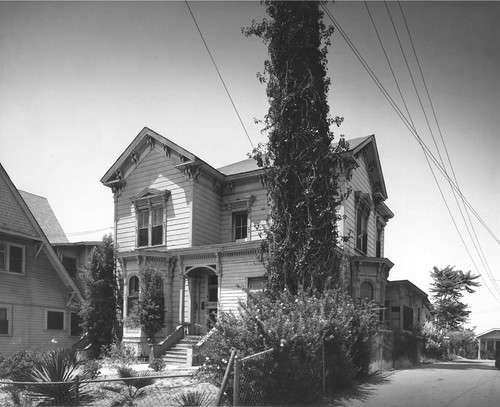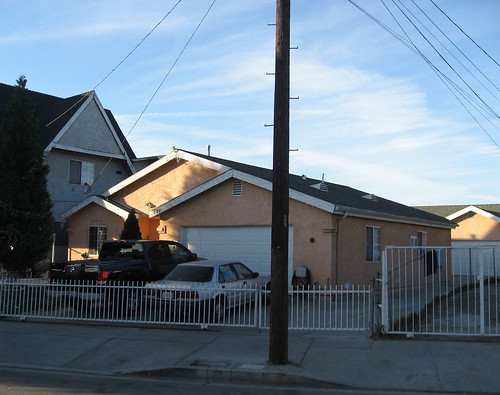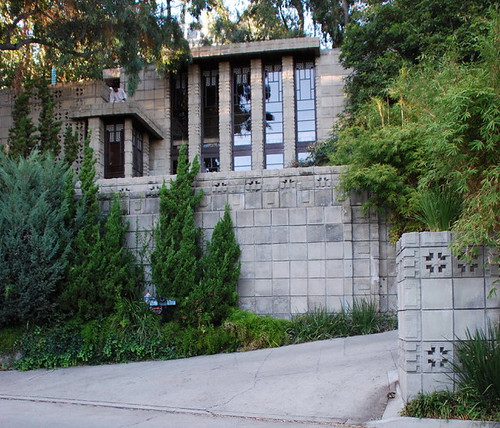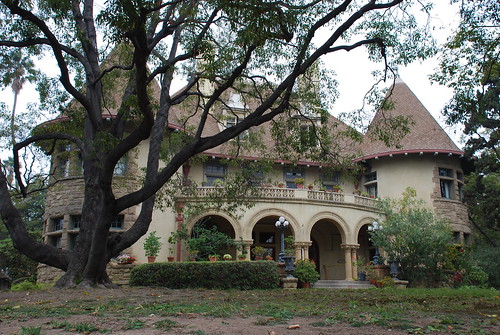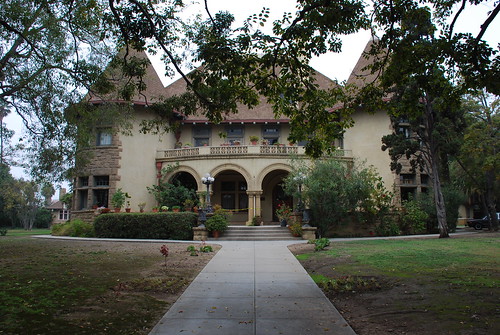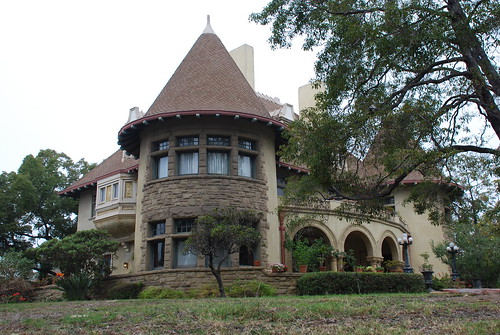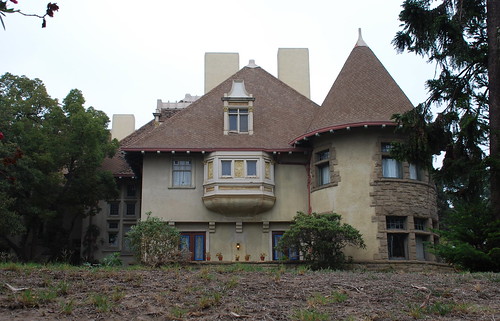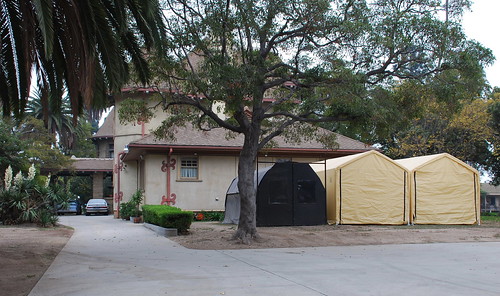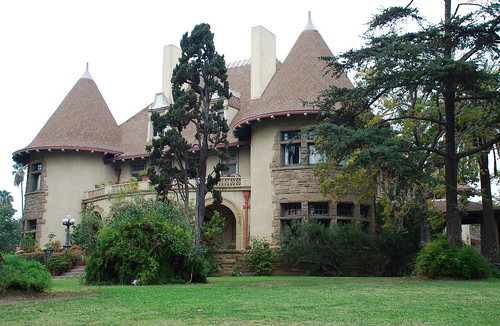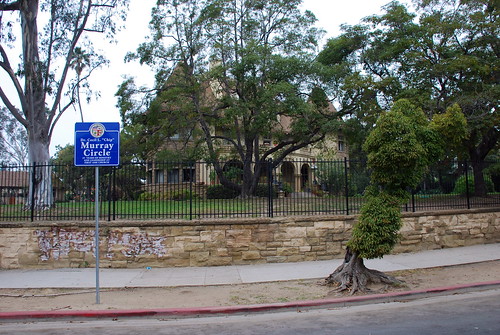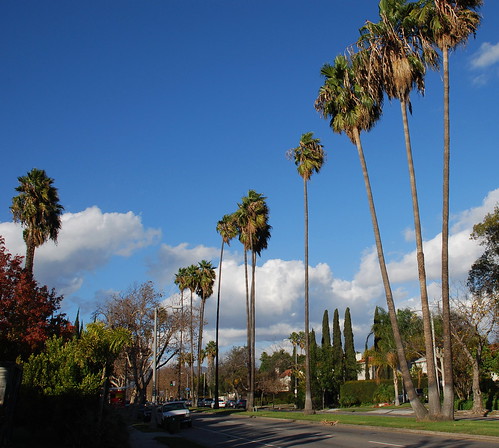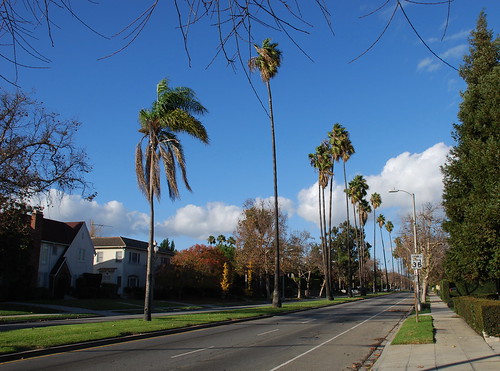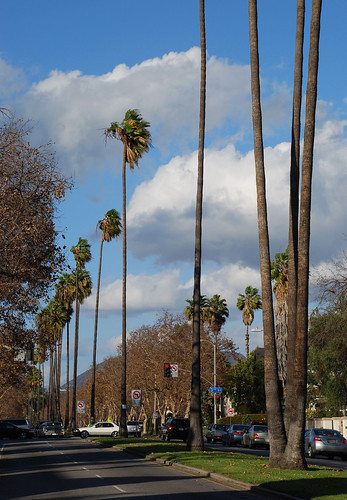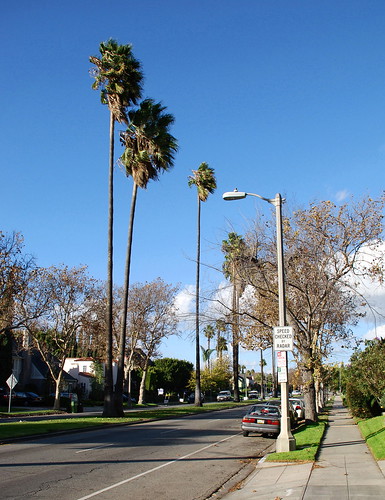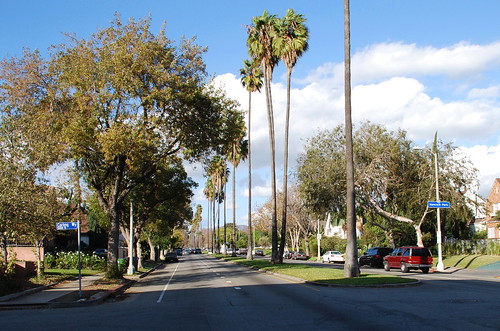General Douglas MacArthur Park
1880s
Area enclosed by Sixth, Seventh, Alvarado, and Park View Streets – map
Declared: 5/1/72
Back at the end of the Civil War, the city of Los Angeles failed to auction off a plot of more than thirty acres westward of the city limits at even twenty-five cents an acre. Too swampy and too far out of town it was, a community dump known locally as the Dead Sea.
One of the earliest pictures of Westlake Park, from around 1892.
More than twenty years later, in 1887, a group of citizens in the area lobbied the city and Mayor William Workman to transfer the land into a public park. By this time, there were plans to run a streetcar line out to the southeast corner of the lot to service the growing development in the area, like in the new Bonnie Brae tract.
Referring to it as “the Southwest Park”, a Los Angeles Times article from April 18, 1887 reported
Residents of the southwestern quarter of the city are moving in the matter of securing an appropriation from the city for the improvement of their park. The land reserved for the purpose comprises thirty-five acres, lying north of Seventh and west of Alvarado streets. There is an unsightly gully running through it, which the intention is to make an artificial lake or pond covering about fifteen acres. For this the city has available water, and the expense of turning it in need not be inordinate. For the rest, the park grounds surrounding the proposed lake are a series of rolling hills, having naturally a rich friable [friable adj easily reduced to tiny particles - ed.] soil, and these, under the gardener’s hand, might be rendered very delightful.
Development of the land kicked into high gear in 1889 when a group of West Side citizens rallied to begin assessing local property owners five dollars per lot to put toward the park’s improvement. The city agreed to match the funds. It was also in that year L.A.’s brand new Parks Commission undertook the construction of the lake and boathouse for swimming and boating and a bandstand for afternoon concerts.
The space became Westlake Park (Westlake’s sister, Eastlake Park in East L.A., became Lincoln Park in 1917).
Circa 1908.
By the early 1930s, Wilshire Boulevard, ending at the west side of the park, had been developed as the fashionable “Fifth Avenue of the West”. In 1934 Westlake Park was bisected with a viaduct in order to connect Wilshire with Orange Street on the eastside of the park. Orange was widened and renamed Wilshire. The northern half of the lake, to the left in the picture above, was later drained.
With the U.S. entering World War II just six months earlier, Los Angeles honored the army’s top dog by renaming Westlake Park Gen. Douglas MacArthur Park in May 1942. A 1955 park monument (above) by Roger Noble Burnham has Mac overlooking shapes representing the Philippine Islands where he served as Allied commander.
Above’s the Levitt Pavilion for the Performing Arts. The Friends of the Levitt Pavillion – MacArthur Park produces an annual summer concert season featuring dozens of performances.
Below is Nina Saemundsson’s “Prometheus”, dedicated in April 1935.
Here’s a blocky 1976 monument dedicated to Carlos III of Spain, supporter of the colonies in the American Revolution. The losing side never gets a monument.
Below is a pair of tiled pyramids made by Judy Simonian with tile by German Rogerio in 1985. The two pyramids are connected with a speaking tube.
George Herms created "Clock: Monument to the Unknown", below, in 1987 to represent the passage of time.
Artist Paul Troubetskoy created in 1920 this statuary tribute to General Harrison Gray Otis. There originally was a third statue – that of a soldier – but he disappeared after apparently being hit by a car. It’s said to be in storage at the Otis Art Institute.
"The Elks' Club is thataway."
The lake in MacArthur Park has been drained a few times over the years, most notably for construction of the Metro’s Red Line. And while it appears that the park’s worst times are behind it, extremely unfortunate incidents still occur there, in the past year most notably this and this.
The black and white shots in this post are from USC’s Digital Archives site. Thanks, USC.
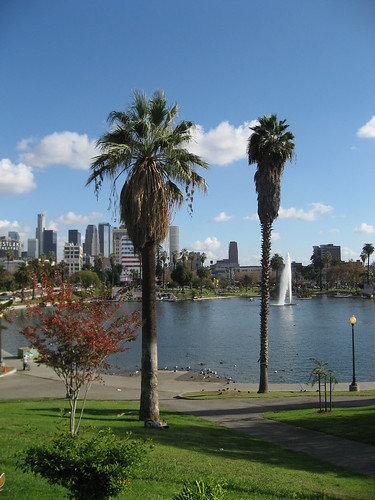
Sources:
“The Southwest Park.” Los Angeles Times; Apr 18, 1887, p. 1
“To Improve Westlake Park.” Los Angeles Times; Mar 10, 1889, p. 2
“Westlake Park.” Los Angeles Times; May 12, 1889, p. 3
Ralph Hancock. Fabulous Boulevard. Funk & Wagnalls Company 1949 New York
Up next: Union Station Terminal and Landscaped Grounds
“The Southwest Park.” Los Angeles Times; Apr 18, 1887, p. 1
“To Improve Westlake Park.” Los Angeles Times; Mar 10, 1889, p. 2
“Westlake Park.” Los Angeles Times; May 12, 1889, p. 3
Ralph Hancock. Fabulous Boulevard. Funk & Wagnalls Company 1949 New York
Up next: Union Station Terminal and Landscaped Grounds
